Home>Gardening & Outdoor>Outdoor Structures>What Is The Best Base To Put Under A Shed
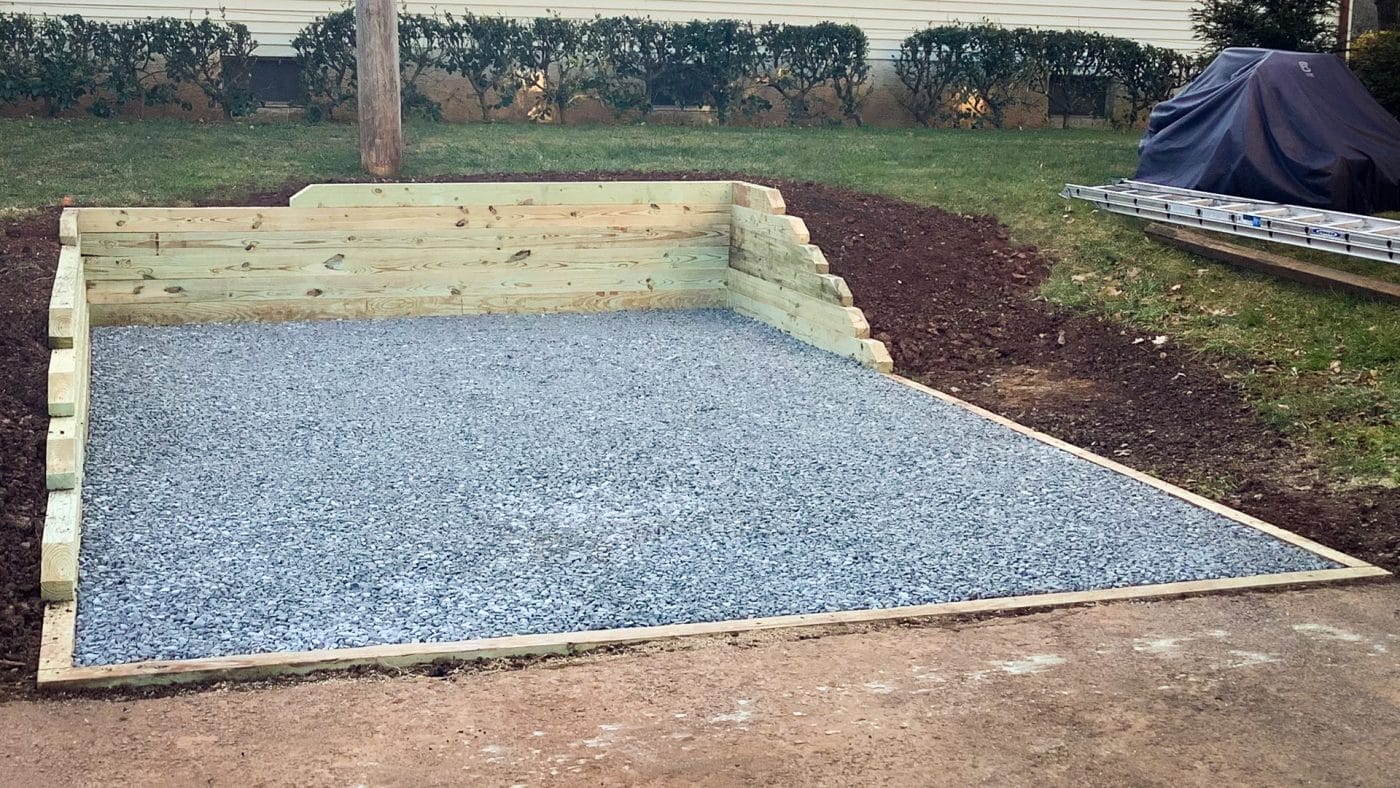

Outdoor Structures
What Is The Best Base To Put Under A Shed
Modified: August 27, 2024
Looking for the best base for your shed? Discover the ideal outdoor structures for your shed foundation to ensure stability and durability. Choose the right base for your shed today!
(Many of the links in this article redirect to a specific reviewed product. Your purchase of these products through affiliate links helps to generate commission for Storables.com, at no extra cost. Learn more)
Introduction
When it comes to setting the stage for a new shed, choosing the right base is of paramount importance. The base serves as the foundation for the entire structure, providing stability and support. However, with various options available, such as concrete, gravel, wood, and plastic bases, selecting the most suitable one can be a daunting task. Each type of base offers distinct advantages and considerations, making it essential to weigh the pros and cons before making a decision.
In this comprehensive guide, we will delve into the characteristics of different shed bases, shedding light on their unique attributes and suitability for various scenarios. Whether you are a seasoned DIY enthusiast or a novice embarking on your first shed project, understanding the best base options will empower you to make an informed choice and set the groundwork for a durable and long-lasting outdoor structure. Let's explore the ins and outs of concrete, gravel, wood, and plastic bases to determine the best fit for your shed.
Key Takeaways:
- Choose a concrete base for a long-lasting and low-maintenance shed foundation, ideal for larger sheds and areas with uneven ground. It’s durable and resistant to moisture and pests, ensuring stability and structural integrity.
- Opt for a gravel base for a cost-effective and versatile shed foundation, suitable for smaller sheds and areas with good drainage. It’s easy to install, offers effective drainage, and adapts to different terrains, making it a practical and budget-friendly choice.
Read more: What Type Of Gravel For A Shed Base
Concrete Base
When it comes to stability and durability, a concrete base stands out as a top choice for supporting sheds. Constructing a concrete base involves pouring a solid slab that provides a level and robust foundation for the shed. This type of base is particularly well-suited for larger sheds and areas with uneven ground, as it can be tailored to accommodate various terrains.
One of the primary advantages of a concrete base is its resilience against moisture and pests. Unlike wood or gravel bases, concrete is impervious to rot and decay, ensuring that the shed remains structurally sound for an extended period. Additionally, a well-constructed concrete base minimizes the risk of subsidence, offering a level and secure platform for the shed to rest upon.
While a concrete base boasts exceptional durability, it requires meticulous planning and labor-intensive installation. The process involves site preparation, formwork construction, and concrete pouring, often necessitating professional assistance. Moreover, the initial cost of a concrete base can be higher compared to other options, making it essential to weigh the long-term benefits against the upfront investment.
For individuals seeking a low-maintenance and long-lasting foundation for their sheds, a concrete base remains a steadfast choice. Its robust nature and ability to withstand various environmental factors make it an ideal option for those prioritizing longevity and structural integrity.
Gravel Base
For those in search of a cost-effective and versatile shed base, gravel emerges as a compelling option. A gravel base comprises a layer of compacted gravel that provides a stable and permeable foundation for the shed. This type of base is well-suited for smaller sheds and areas with good drainage, offering a practical solution that adapts to different terrains.
One of the key advantages of a gravel base is its ease of installation. Compared to concrete or wood bases, setting up a gravel base typically involves minimal excavation and can be achieved through a DIY approach. The natural permeability of gravel facilitates effective drainage, preventing water from accumulating and safeguarding the shed from potential moisture-related issues.
While a gravel base offers commendable drainage properties, it may require periodic maintenance to uphold its stability. Over time, the gravel may shift or settle, necessitating occasional re-leveling to ensure the shed remains well-supported. Additionally, while gravel provides excellent drainage, it may not deter pests as effectively as a concrete or wood base, requiring additional measures to mitigate potential infestations.
For individuals seeking a budget-friendly and adaptable foundation for their sheds, a gravel base presents an appealing choice. Its straightforward installation process and effective drainage capabilities make it a practical option for those prioritizing affordability and versatility.
The best base to put under a shed is a level and compacted gravel or crushed stone foundation. This will provide good drainage and support for the shed. Avoid using concrete as it can crack and shift over time.
Wood Base
When it comes to blending functionality with natural aesthetics, a wood base offers a charming and versatile option for supporting sheds. A wood base typically involves constructing a frame using pressure-treated timber, providing a sturdy and visually appealing foundation for the shed. This type of base is well-suited for sheds of various sizes and can be customized to complement different landscapes.
One of the primary advantages of a wood base is its adaptability and DIY-friendly nature. Building a wood base allows for flexibility in design and size, enabling individuals to tailor the foundation according to their specific shed requirements. Additionally, the natural appeal of wood complements outdoor settings, adding a rustic touch to the shed’s overall aesthetic.
While a wood base offers versatility and aesthetic appeal, it requires regular maintenance to uphold its structural integrity. Exposure to moisture and pests poses a potential risk to wooden bases, necessitating periodic inspections and treatments to prevent decay and infestations. Moreover, compared to concrete or gravel bases, wood may be more susceptible to shifting or warping over time, requiring ongoing care to ensure the shed remains well-supported.
For individuals seeking a customizable and visually pleasing foundation for their sheds, a wood base presents an attractive choice. Its adaptability and natural charm make it an ideal option for those aiming to seamlessly integrate the shed with its surrounding environment while embracing a hands-on approach to construction.
Plastic Base
For those seeking a modern and low-maintenance foundation option, a plastic base offers a contemporary solution for supporting sheds. A plastic base typically consists of interlocking panels made from durable, recycled plastic, providing a stable and eco-friendly foundation for the shed. This type of base is well-suited for various shed sizes and is particularly advantageous for eco-conscious individuals.
One of the primary advantages of a plastic base is its lightweight and easy-to-install nature. Assembling a plastic base involves interlocking the panels, creating a supportive grid that distributes the shed’s weight evenly. The use of recycled materials aligns with sustainability efforts, making plastic bases an environmentally friendly choice for shed foundations.
While a plastic base offers commendable eco-friendly attributes, it may have a higher initial cost compared to traditional options. However, the long-term benefits, including minimal maintenance and extended durability, contribute to its overall cost-effectiveness. Additionally, the permeable nature of plastic bases facilitates effective drainage, preventing water buildup and safeguarding the shed from potential moisture-related issues.
For individuals prioritizing sustainability, ease of installation, and minimal maintenance, a plastic base presents an appealing choice. Its eco-friendly composition and hassle-free setup make it an ideal option for those seeking a modern and sustainable foundation for their sheds.
Read more: What To Put Under A Trampoline
Conclusion
Choosing the best base for a shed is a decision that hinges on a multitude of factors, including the shed’s size, the local climate, budget, and personal preferences. Each type of base – concrete, gravel, wood, and plastic – offers distinct advantages and considerations, making it essential to carefully evaluate the specific requirements of the project.
For those prioritizing longevity and stability, a concrete base emerges as a steadfast choice, offering unparalleled durability and resistance to environmental elements. However, the initial investment and labor-intensive installation should be weighed against the long-term benefits.
Alternatively, a gravel base presents a cost-effective and versatile option, particularly suitable for smaller sheds and areas with good drainage. Its straightforward installation process and effective drainage capabilities make it an attractive choice for those seeking an adaptable and budget-friendly foundation.
Those who value natural aesthetics and customization may find a wood base to be an appealing option, allowing for flexibility in design and size. While it requires regular maintenance, the visual charm and DIY-friendly nature make it an ideal choice for seamlessly integrating the shed with its surroundings.
Lastly, for individuals seeking a modern and eco-friendly foundation, a plastic base offers a contemporary solution with minimal maintenance and sustainable attributes. While it may entail a higher initial cost, the long-term benefits and environmental considerations make it a compelling choice for eco-conscious shed owners.
In conclusion, the best base for a shed ultimately depends on a careful assessment of the unique needs and priorities of the project. By considering factors such as durability, maintenance, aesthetics, and environmental impact, individuals can make an informed decision that lays the groundwork for a sturdy and long-lasting outdoor structure.
Frequently Asked Questions about What Is The Best Base To Put Under A Shed
Was this page helpful?
At Storables.com, we guarantee accurate and reliable information. Our content, validated by Expert Board Contributors, is crafted following stringent Editorial Policies. We're committed to providing you with well-researched, expert-backed insights for all your informational needs.
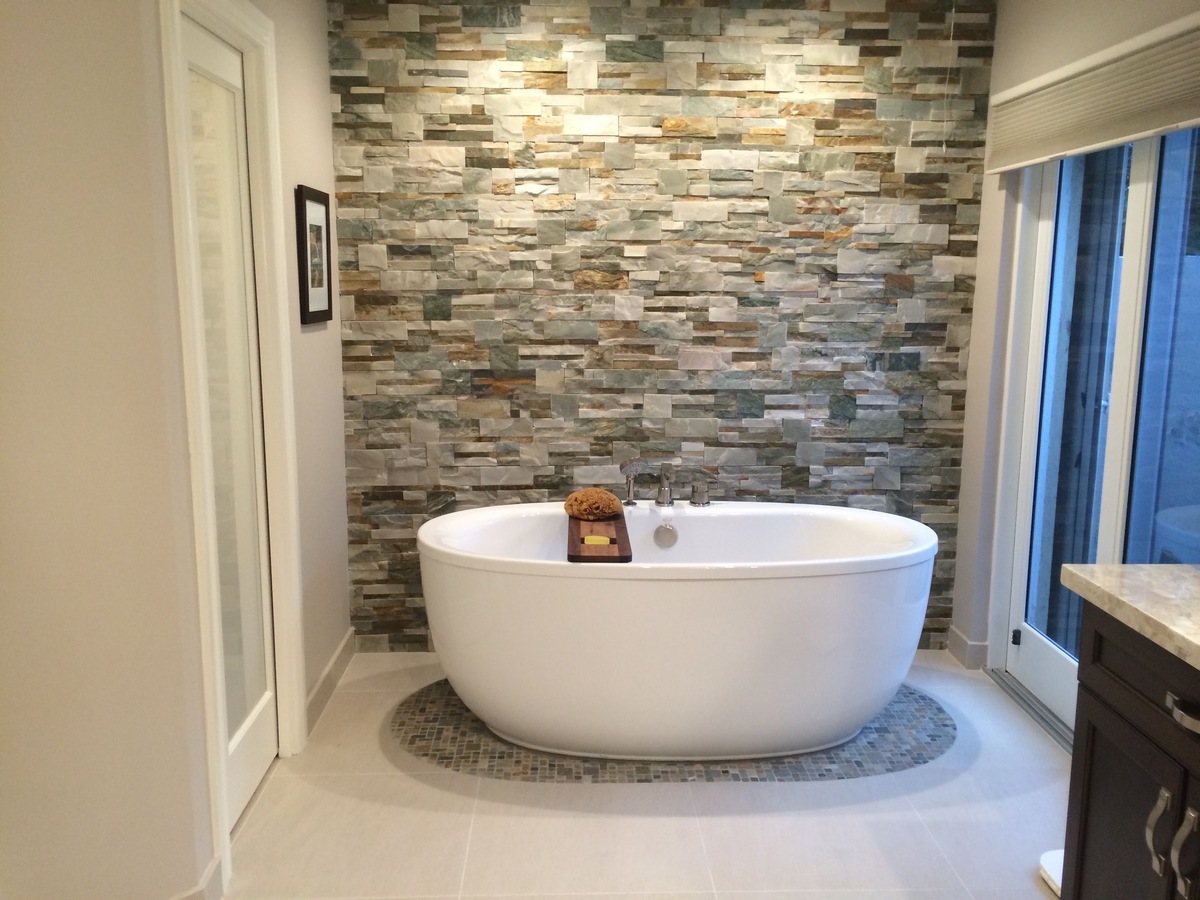
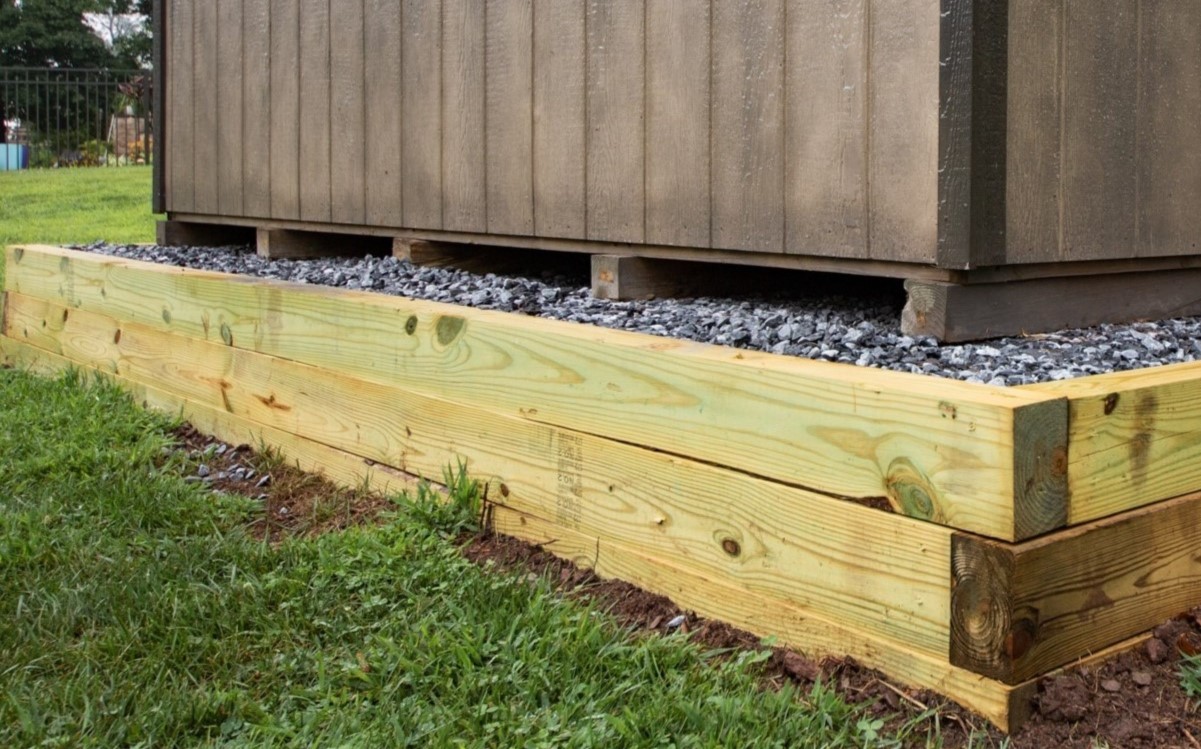
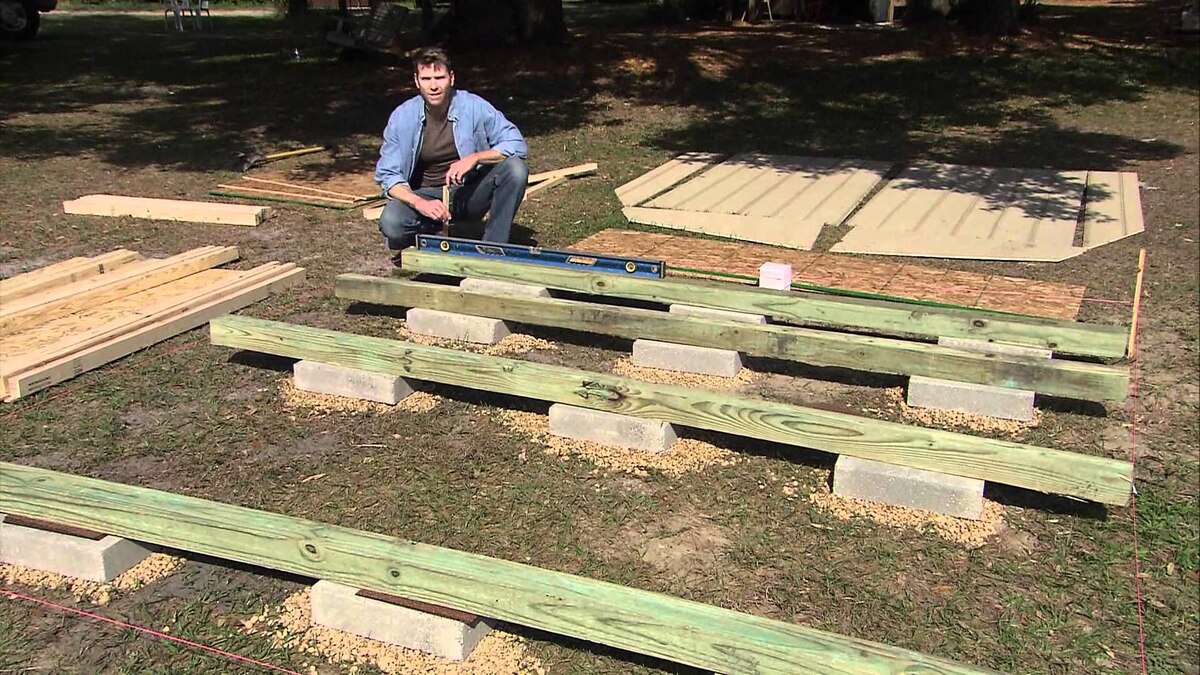
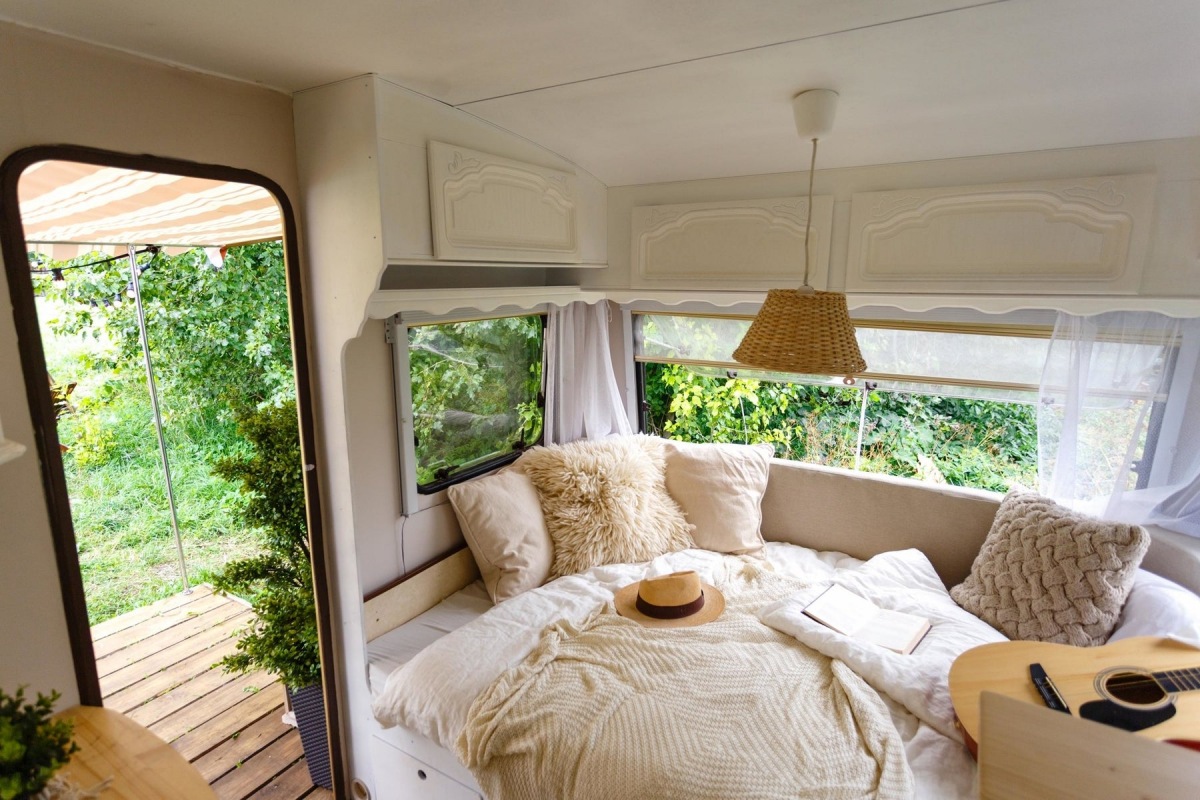
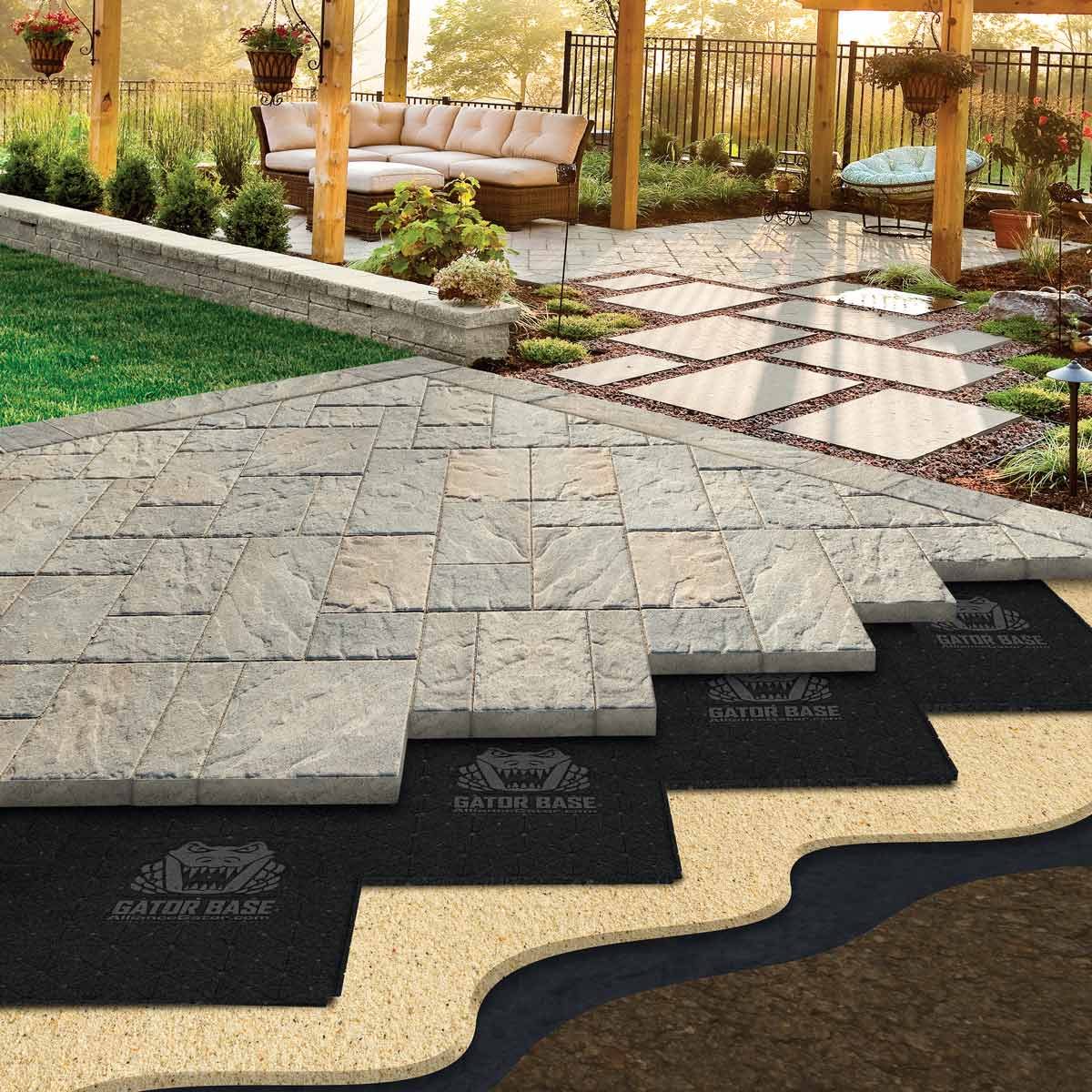

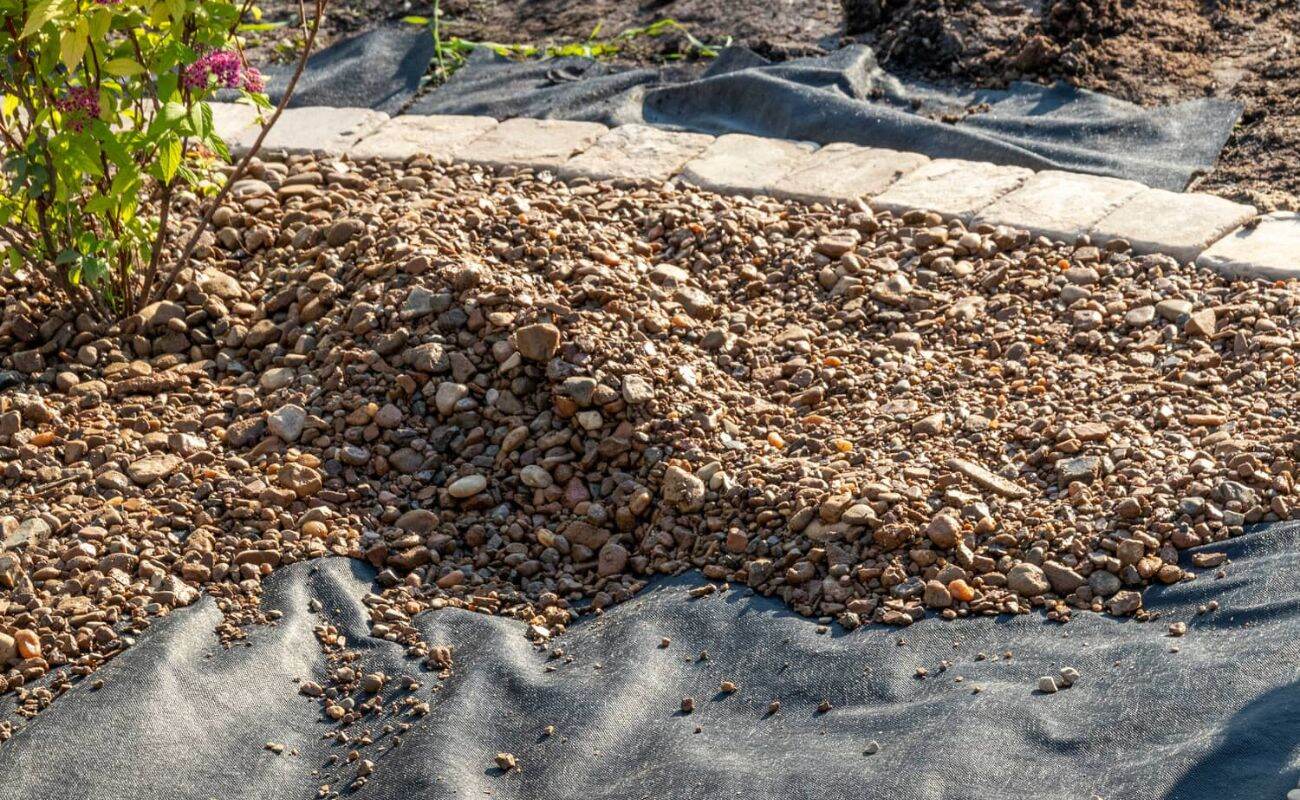
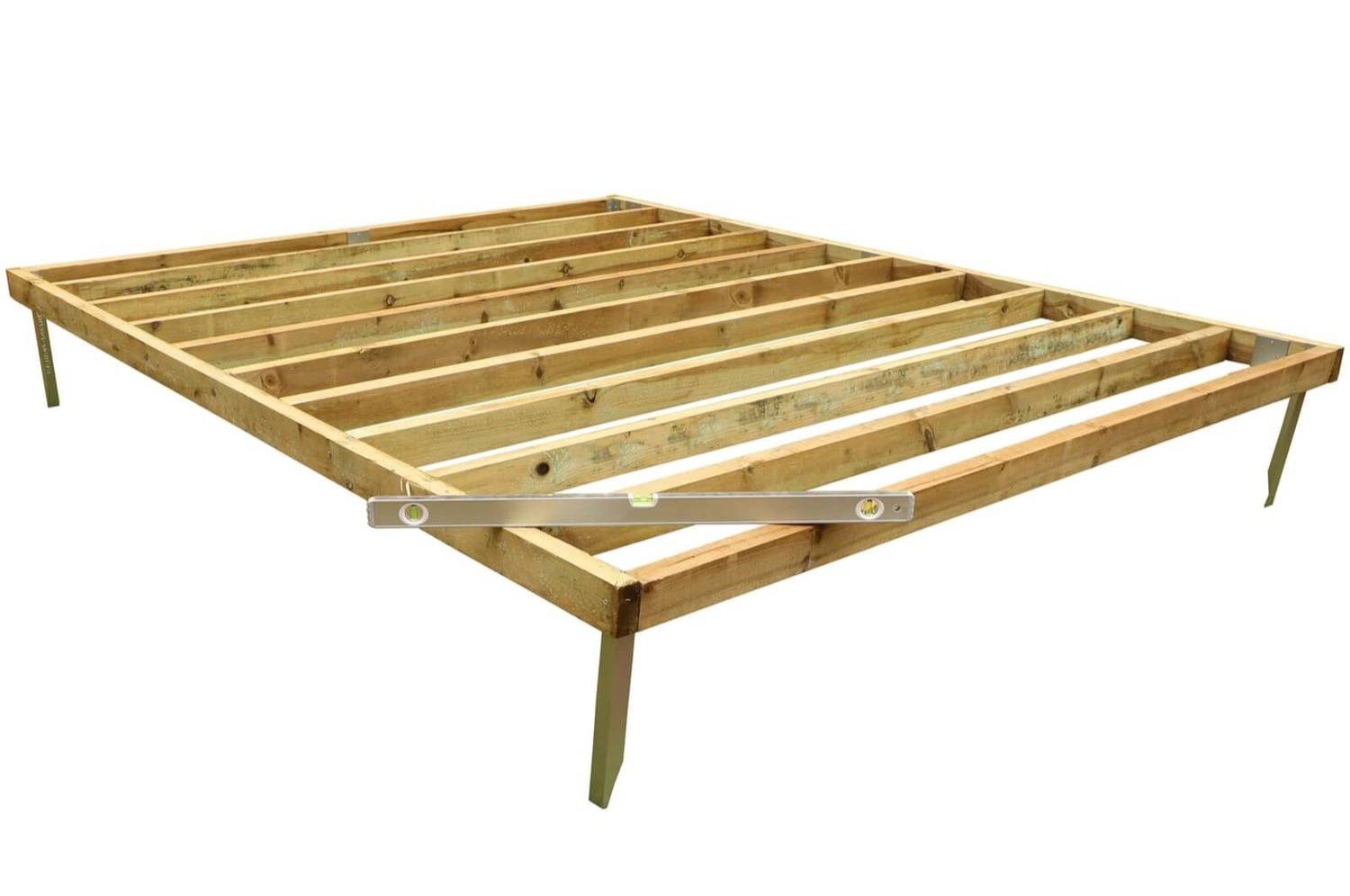


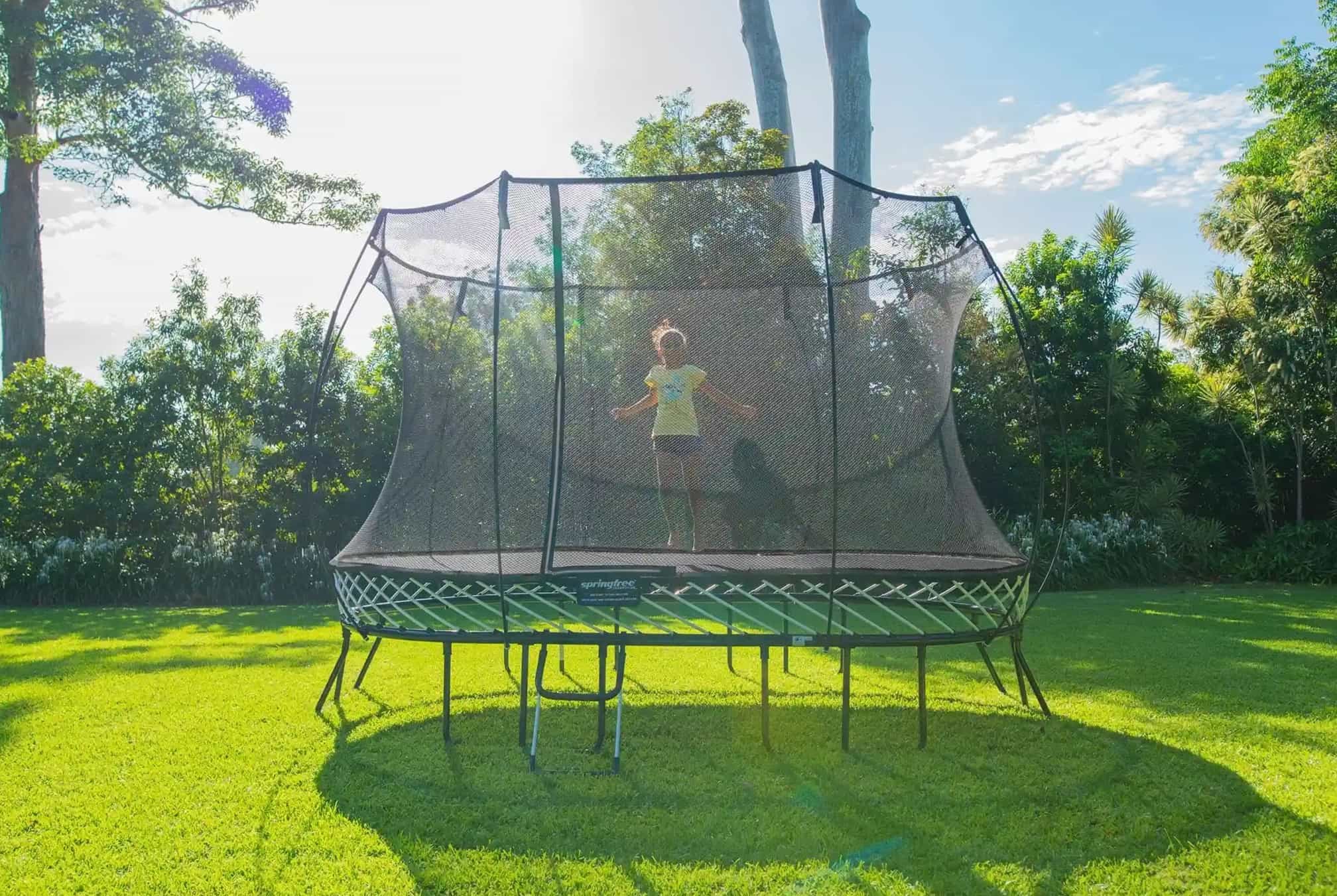
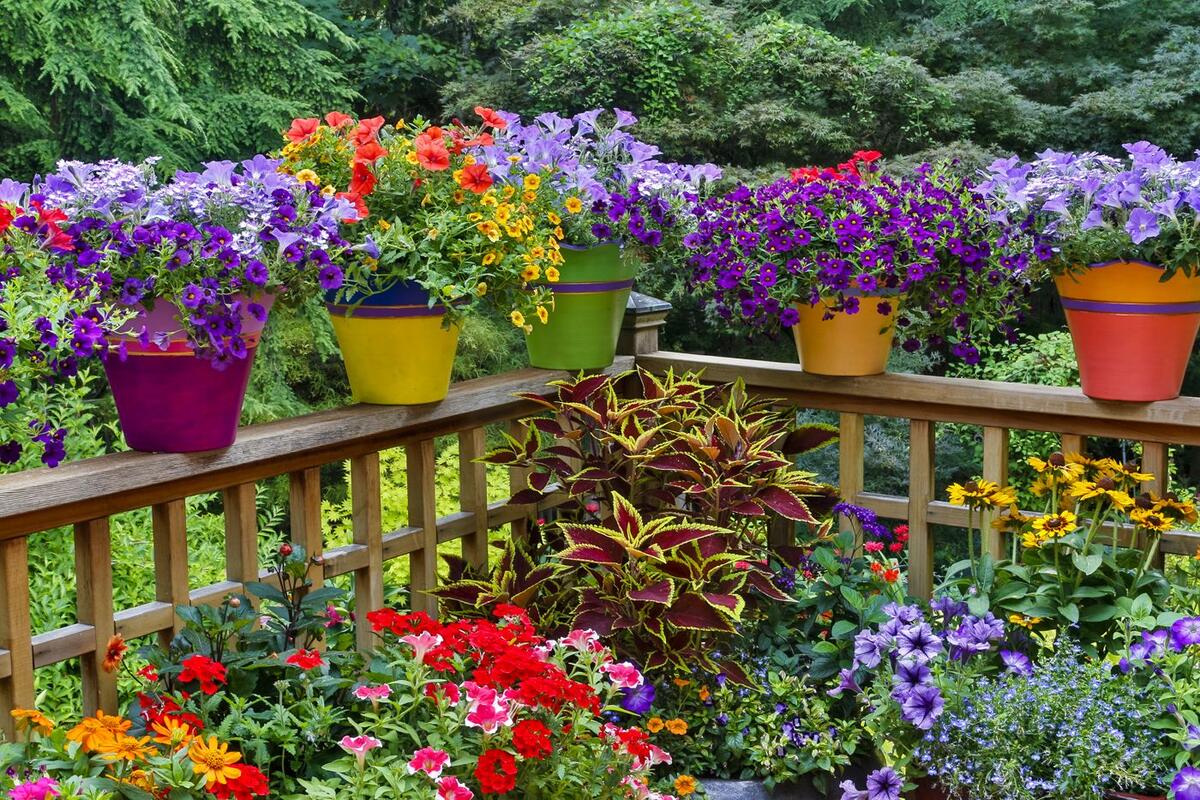

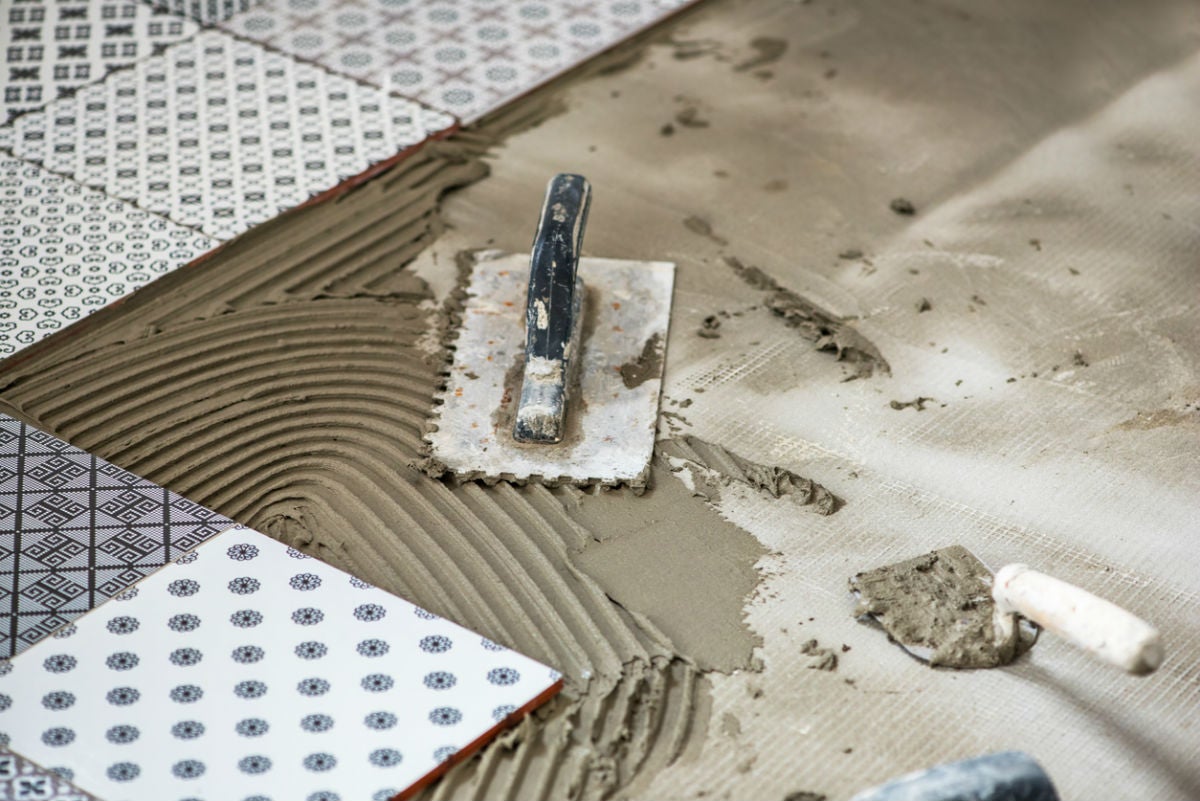

0 thoughts on “What Is The Best Base To Put Under A Shed”